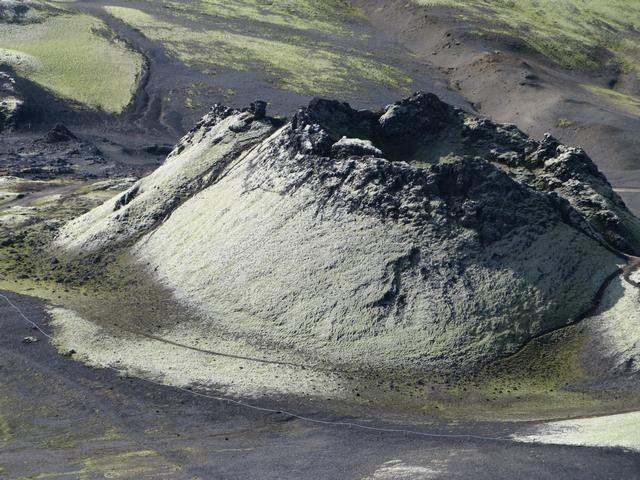| Winter 1783/4: an analog of winter 2009/10 or was the eruption of Laki to blame?
Winter 2009/10 was remarkable in eastern North America and northwest Europe for its extraordinary cold and the large amounts of snow. Many mid-Atlantic cities like DC, Baltimore and Philadelphia saw snowfall records tumble. In the Seager et al., 2010 paper we argued that the snow records were the result of the unusual concurrence of a strong El Niño event and a very strongly negative North Atlantic Oscillation event, both of which lasted throughout the winter. When any weather/climate event like this happens, whether it is snow storms, floods, droughts or heatwaves, there seems to be only one question: is it unprecedented and caused by global warming?
One of the great benefits of working with high resolution proxy data is the ability to adopt a very long perspective on climate events. While the El Niño of 2009/10 was unexceptional, the negative NAO was, averaged throughout the winter, the most negative in the instrumental record. In a new study (Laki paper) we use tree ring records to show that it was actually one of the most negative NAO winters in centuries! Further, in a combined index that measures the effects of concurrent El Niño and negative NAO events, winter 2009/10 was THE most extreme in the centuries long record. Only winter 1783/4 comes close. And there lies a tail! Winter 1783/4 was famous for its harsh winters in North America and Europe with the weather attributed by Benjamin Franklin to the effect of the eruption of the Icelandic volcano Laki from summer into fall 1783. Our work, led by the Tree Ring Lab's Rosanne D'Arrigo, shows that this was probably not the case and instead, just like 2009/10, the harsh circum-Atlantic winter was caused by the very rare concurrence of a decent sized El Niño event with a very negative NAO event. Consequently winter 2009/10 was very unusual but not unprecedented and it probably was just one of those weird events that natural climate variability can throw at us! We have a more detailed examination of this on Jason Smerdon's web site: REFERENCES
|
